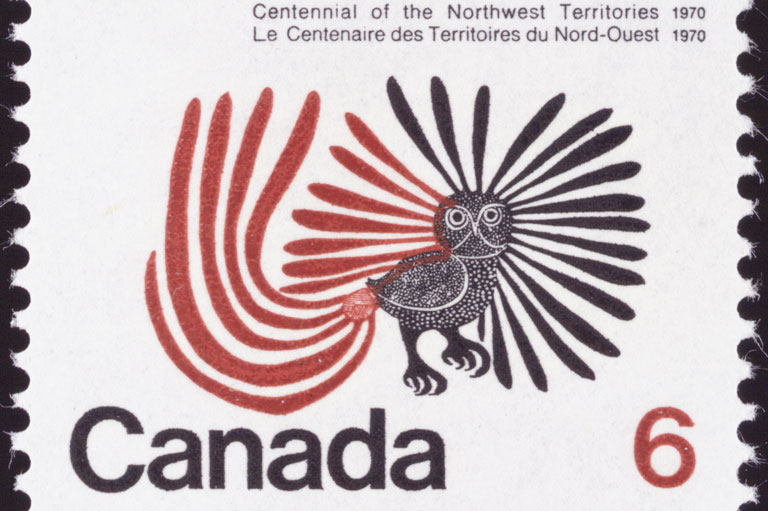Mi'kmaw Purse

This Mi’kmaw purse, which dates from around 1860, testifies to the development of Mi’kmaw handicrafts as a source of income in the nineteenth century. The Mi’kmaq are an Algonquian people whose traditional territory lies on the east coast of North America, mainly in Canada’s Maritime provinces and Quebec’s Gaspé peninsula.
Under British and, later, Canadian governance, their nomadic lifestyle was disrupted. Confined to reserves, Mi’kmaw women began to manufacture small objects for the European tourist trade in compensation for the loss of their traditional economic pursuits of gathering, hunting, and fishing.
This purse was fashioned of silk with glass bead embroidery, rather than traditional porcupine quillwork. It combines the Victorian-era taste for souvenir keepsakes with Mi’kmaw artistic iconography, rooted in the cultivation of medicinal plants, as shown in the symmetric floral motifs. This purse was offered to Joseph Shaw, owner of a sawmill on the north shore of the Gaspé Basin, by the local Mi’kmaq.
With 7 uniquely curated newsletters to choose from, we have something for everyone.
Themes associated with this article
Advertisement




